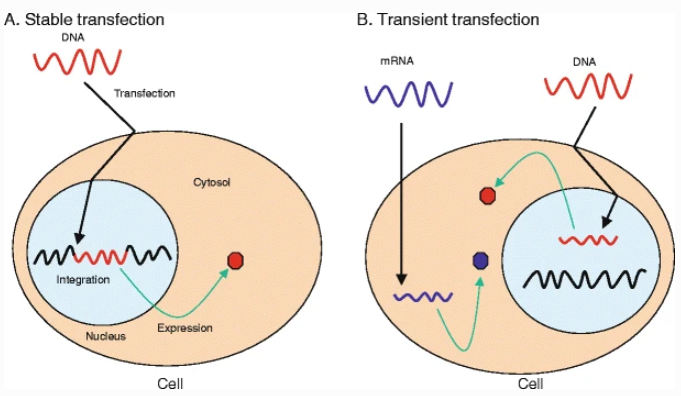* This product is for research use only. Not intended for use in the treatment or diagnosis of disease.
| Catalog | Product Name | Inquiry |
|---|---|---|
| BT-000009 | CHO Transfection Reagent | Inquiry |
| BT-000077 | CHO-K1 Transfection Reagent | Inquiry |
CHO cells exhibit epithelioid cell morphology and are widely used in biomedical research and biotechnology R&D applications. BOC Sciences CHO Transfection Reagent is a unique reagent that has been specially optimized to provide excellent transfection efficiency in CHO cells and related lineage cell types.
CHO cells were obtained from Chinese hamster ovary cells in 1957. They belong to fibroblasts, which are non-secreting cells. They rarely secrete CHO endogenous proteins, so they are very beneficial for the isolation and purification of target proteins. They can form active dimers (such as interleukin 2) and have glycosylation functions (such as EPO), and CHO is an ideal host for the expression of complex biological macromolecules. CHO-K1 cells are widely used in industrial production. They have transformed cell lines and are widely used to express recombinant DNA proteins.
| Products | Transfection Methods | Details |
|---|---|---|
| CHO Transfection Reagent | Transient transfection/Stable transfection |
|
| CHO-K1 Transfection Reagent | Transient transfection/Stable transfection |
|
Transfection methods of CHO cells are divided into transient transfection and stable transfection.
 Fig. 1 Schematic diagrams of two different transfections (Kim TK, 2010)
Fig. 1 Schematic diagrams of two different transfections (Kim TK, 2010)
Reference